What Are the Least Sustainable Foods?
Published March 17 2021, 9:50 a.m. ET
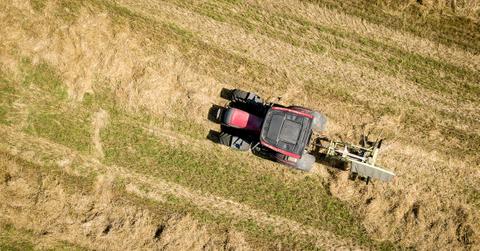
Until very recently, searching for sustainable food hasn't been a real priority for most people. It isn’t that people don't want to have sustainable food sources, it’s just that most have never considered that the food they pick up at the supermarket is anything but readily available and perfect for that recipe you saw on TikTok. Unfortunately, some modern farmers are still using outdated agricultural techniques, and the result is that many foods are not sustainable using current farming methods.
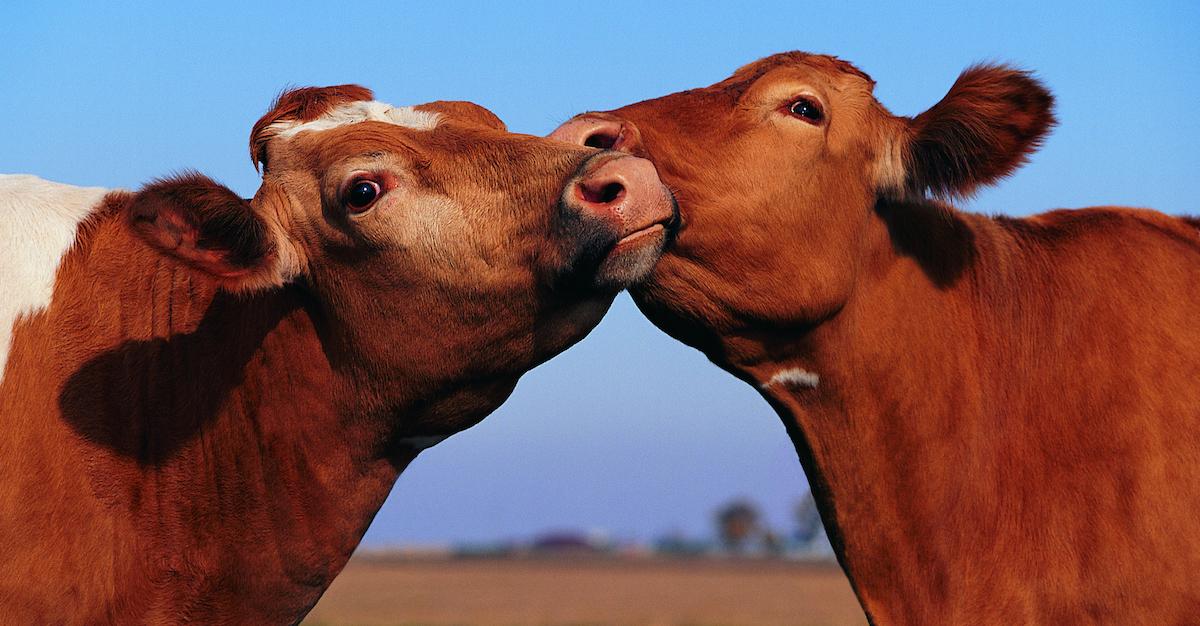
We'll give you a hint...
What foods are not sustainable?
We hate to be the bearers of bad news, but the answer is a lot of them. With the exception of organic farming, most of the food grown or raised in the agricultural sector is pretty unsustainable. Animal agriculture is probably the least sustainable means of food production. Not simply because of the implicit moral implications within the industry, but because of the way it is produced, distributed, packaged, and consumed.
According to Eco & Beyond, those four factors are essential in determining the sustainability of foods, and they go hand in hand with resource usage and environmental impact. By that logic, it isn’t just the meat, dairy, egg, and fishing industries that are guilty of unsustainable practices, it’s everyone.
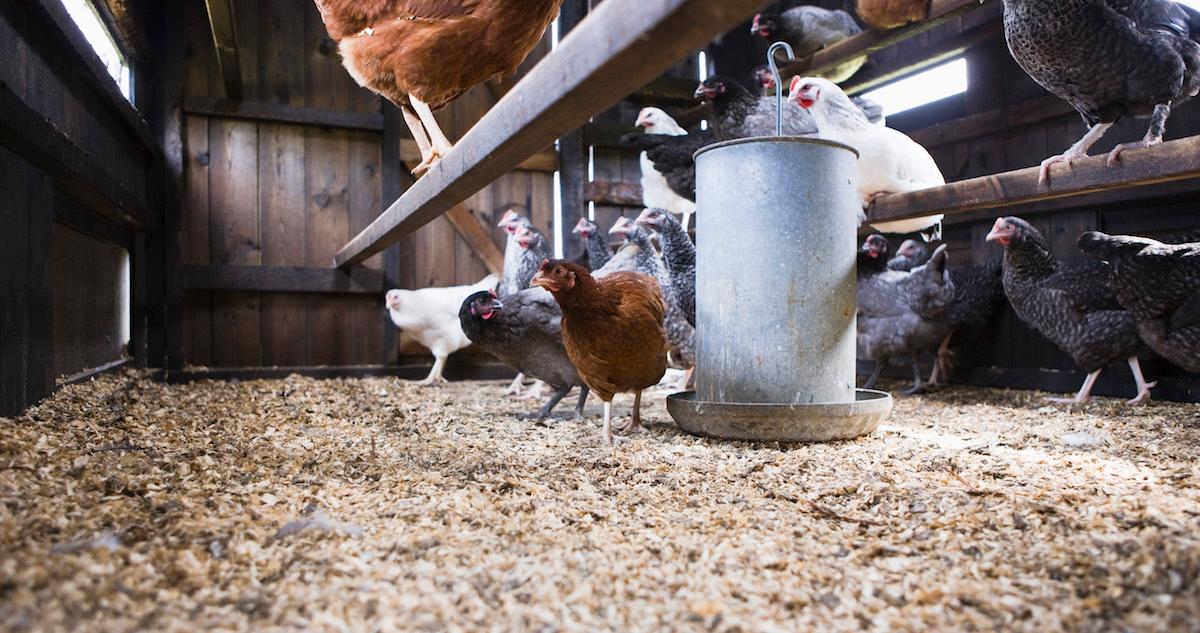
What is unsustainable about current farming methods?
There are a number of reasons why our current food production methods are unsustainable, and most of them have to do with the use of land, fertility, and resources. Without plenty of fertile land, human beings will not be able to continue to grow the amount of food needed to feed our exponentially growing population.
Farmers, corporations, and developers have tackled this through extremely short-sighted methods like slash-and-burn farming, which causes considerable damage to natural habitats and soil. These slash-and-burn techniques, coupled with a general lack of soil conserving methods, rob the soil of its nutrients, thereby making it impossible to continue to support new crops through subsequent seasons.
Animal agriculture is even more problematic. According to Food Dive, the meat and dairy industries contribute heavily to greenhouse gas emissions and soil degradation. Livestock require much more space than many people realize, even if many are crammed into cruel conditions and barely livable spaces. Nevertheless, finding a place to put these animals often leads to as much deforestation as fruit, grain, or vegetable farming.
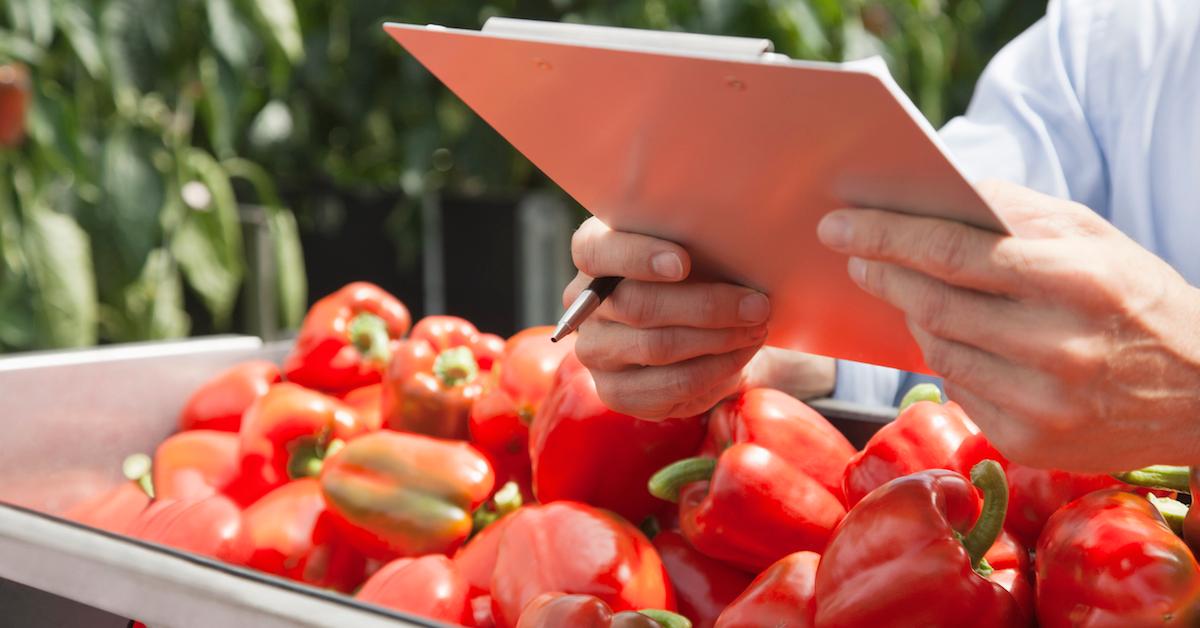
Then, of course, there is the amount of plastic packaging that gets wasted to keep all this food fresh and edible. The amount of gas used to transport all this food is also significant. According to the EPA, the agricultural sector accounted for more than 9.9 percent of total U.S. greenhouse gas emissions in 2018. Given that this trend has increased by 10.1 percent since 1990, that number is likely to rise with each passing year.
The other resource that all farming requires is water. The agriculture industry puts enormous strain on local water sources. Improper methods for water usage can waste untold gallons and contribute to further soil erosion and habitat destruction. Many of the large farming concerns can add excessive energy usage to their mistakes as well. In the end though, how does one farm at all without soil, space, or water?
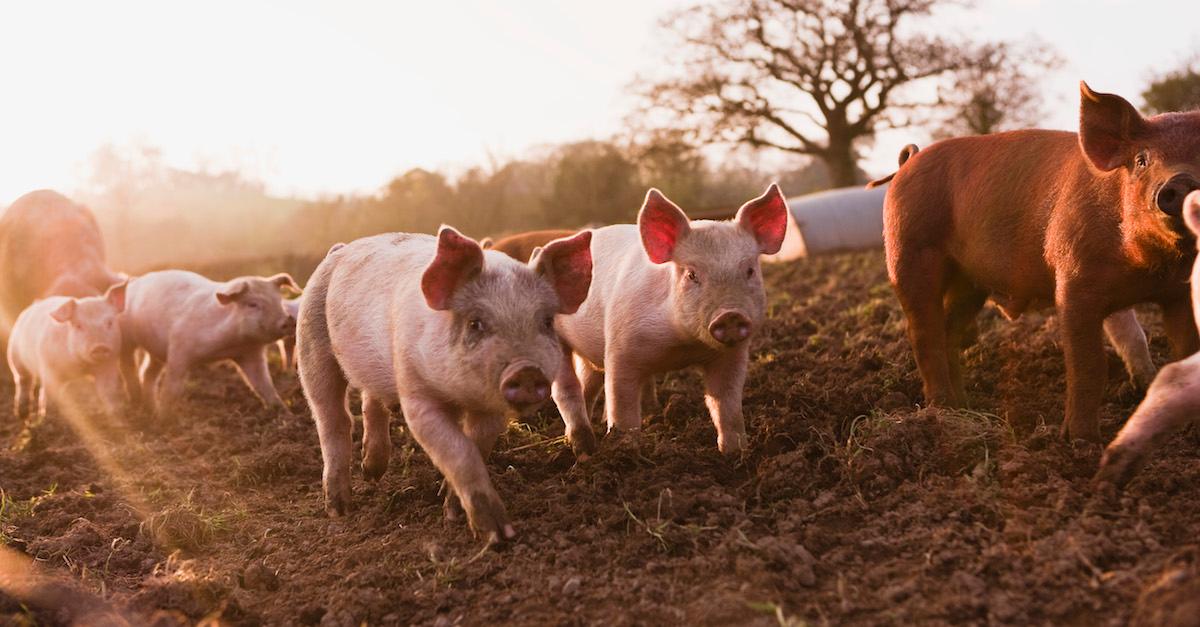
How can food be farmed sustainably?
Scientists have been mulling over this exact question for some years now, and research has shown that the best way to guarantee a sustainable food system is to take certain things into account. A stable climate is one of these factors, as are soil fertility, water usage, and energy consumption. Luckily there are ways to ensure these factors are considered going forward.
According to Sustain, sustainable food could be defined as food that is grown for the welfare of the surrounding environment, as well as that of wild species of plants and animals of the surrounding area. At the same time, the welfare of farmed species of plants and animals should also be maintained. Natural resources should likewise be conserved and used properly, with respect for their limitations.
Products should be good quality, safe to consume, affordable, healthy, and contribute to both local economies and the sustainable livelihoods of those that farm for a living. These may seem impossible, considering the current needs for food all over the world, but there are many sustainable farming enterprises already utilizing such sustainable tactics to great effect.
According to The Guardian, beans, English apples, rope-grown mussels, and apricots are already being grown through sustainable means. The same is true of many small local farming communities all over the world. The other pieces of the industry just need to follow suit.
We as individuals can help them towards that decision by shopping for food that is organically or sustainably grown. We can eat less meat and dairy or none at all. We can forgo plastics and shop locally to support sustainable farming. True change can begin with ourselves.